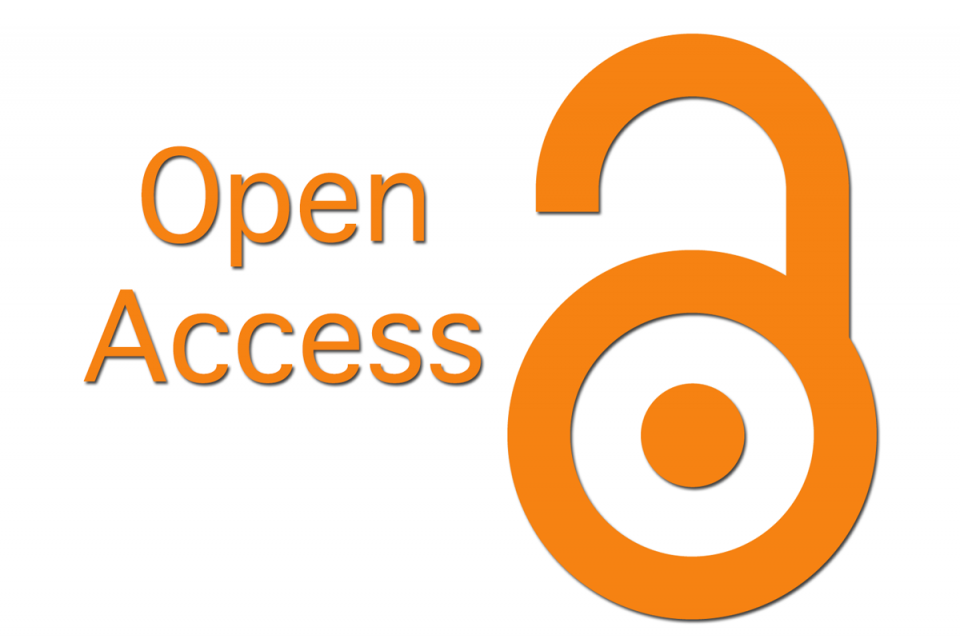Transforming Diabetes Care: Leveraging Ensemble Machine Learning and Cloud Analytics for Personalized Diet Recommendations
DOI:
https://doi.org/10.48047/Keywords:
Patient data, healthcare data, machine learning, ensemble framework, diabetes management, personalized diet plans, and healthcare clouds.Abstract
Millions of individuals across the world suffer with diabetes, a chronic medical condition. To avoid difficulties, it has to be managed and monitored continuously. Healthcare is experiencing a paradigm change as a result of technological advancements, utilizing data-driven techniques to improve illness identification, management, and customized treatment options. Big Data analytics offers the chance to examine enormous volumes of patient data and produce insightful findings for improved diabetic care, especially when applied to healthcare clouds. Traditionally, rule-based algorithms or basic machine learning models have been used in diabetes diagnosis and diet planning.
Downloads
References
T. M. Fernández-Caramés and P. Fraga-Lamas, “Design of a fog computing, blockchain and IoT based continuous glucose monitoring system for crowdsourcing mHealth,” Multidisciplinary Digital Publishing Institute Proceedings, vol. 4, no. 1, p. 37, 2018.
P. Kaur, N. Sharma, A. Singh, and B. Gill, “CI-DPF: a cloud IoT based framework for diabetes prediction,” in 2018 IEEE 9th annual information technology, Electronics and Mobile Communication Conference (IEMCON), pp. 654–660, Vancouver, BC, Canada, 2018.
R. K. Barik, R. Priyadarshini, H. Dubey, V. Kumar, and K. Mankodiya, “FogLearn,” International Journal of Fog Computing (IJFC), vol. 1, no. 1, pp. 15–34, 2018.
Downloads
Published
Issue
Section
License

This work is licensed under a Creative Commons Attribution 4.0 International License.
You are free to:
- Share — copy and redistribute the material in any medium or format for any purpose, even commercially.
- Adapt — remix, transform, and build upon the material for any purpose, even commercially.
- The licensor cannot revoke these freedoms as long as you follow the license terms.
Under the following terms:
- Attribution — You must give appropriate credit , provide a link to the license, and indicate if changes were made . You may do so in any reasonable manner, but not in any way that suggests the licensor endorses you or your use.
- No additional restrictions — You may not apply legal terms or technological measures that legally restrict others from doing anything the license permits.
Notices:
You do not have to comply with the license for elements of the material in the public domain or where your use is permitted by an applicable exception or limitation .
No warranties are given. The license may not give you all of the permissions necessary for your intended use. For example, other rights such as publicity, privacy, or moral rights may limit how you use the material.







